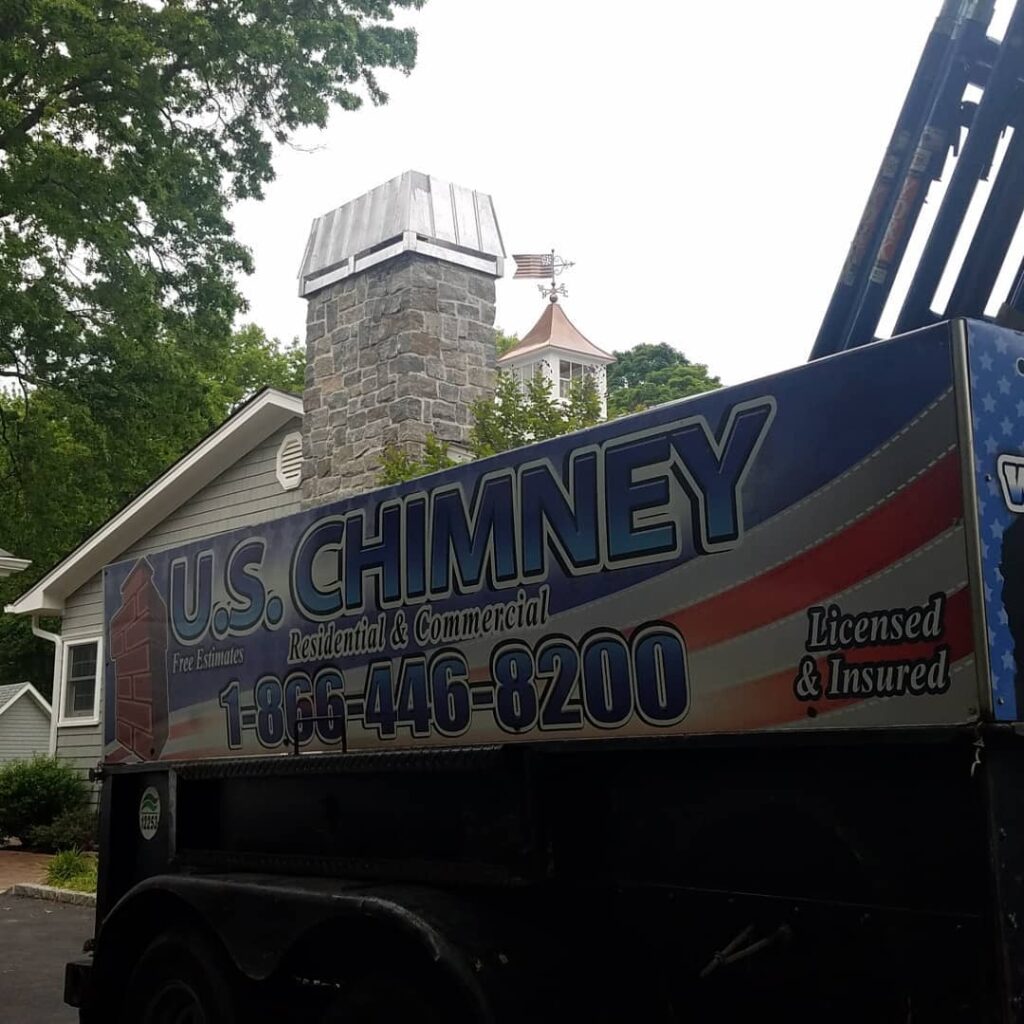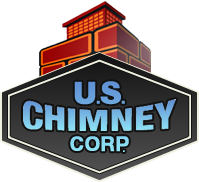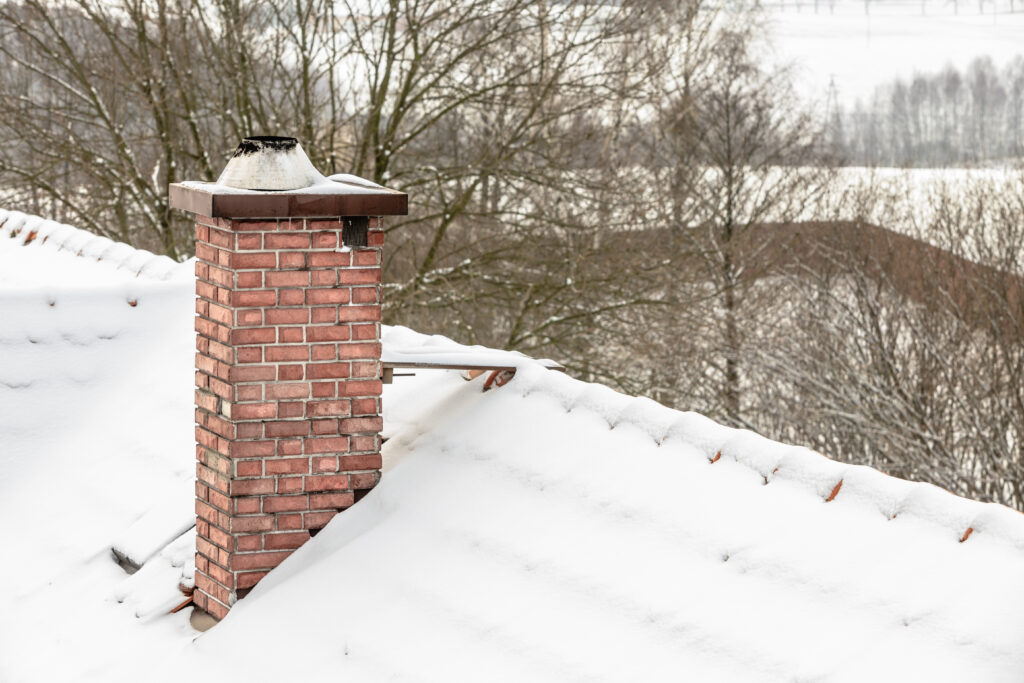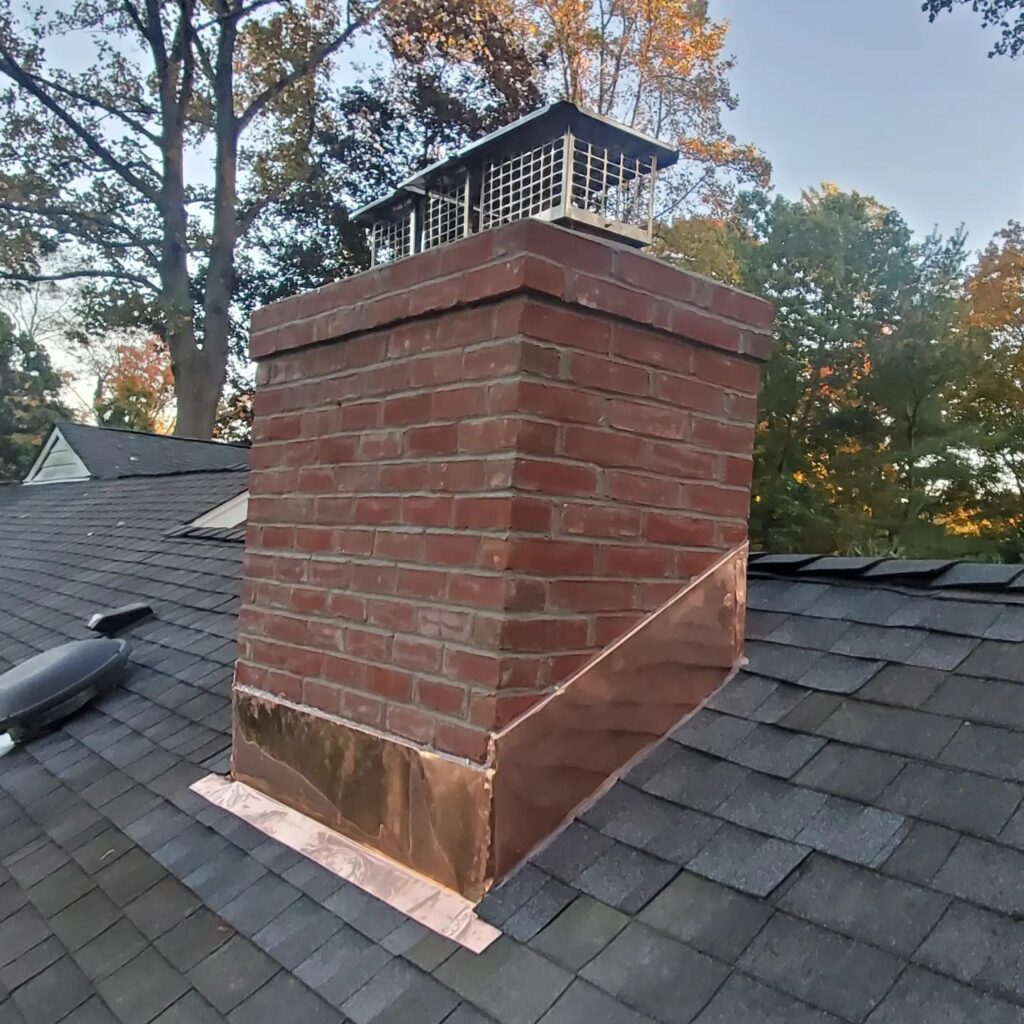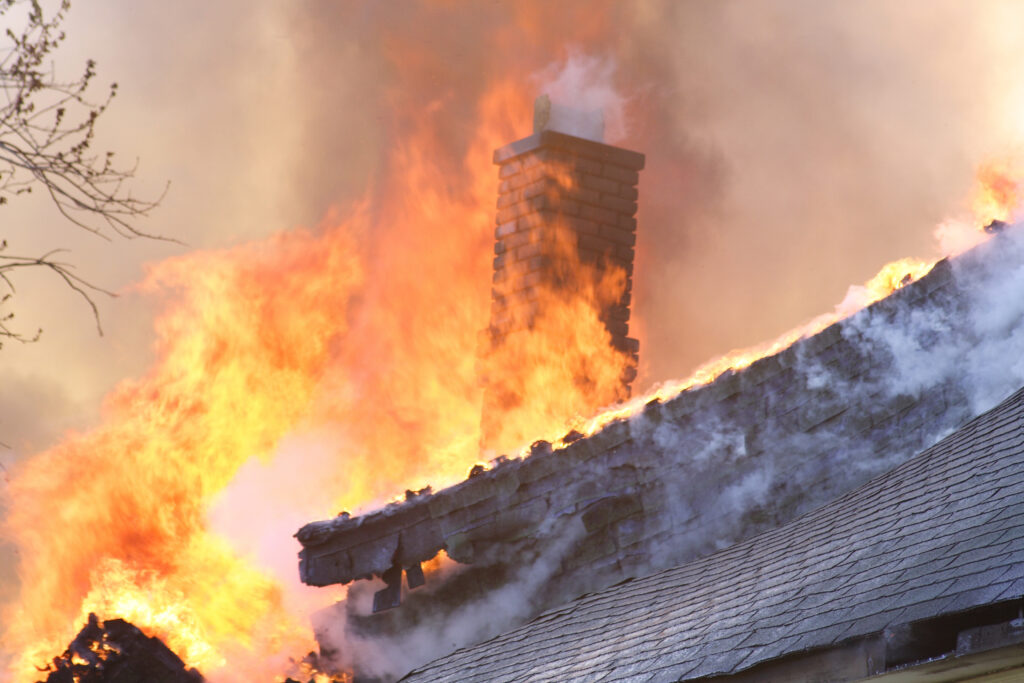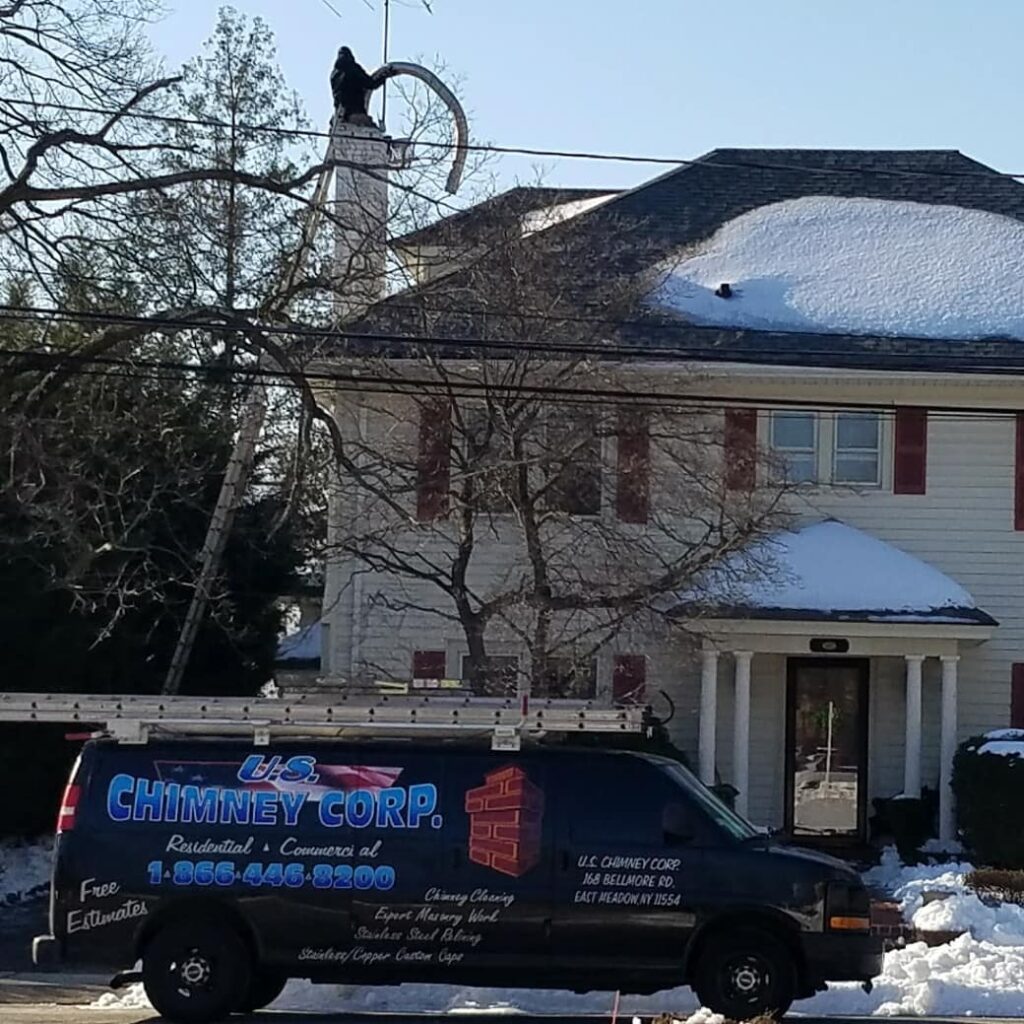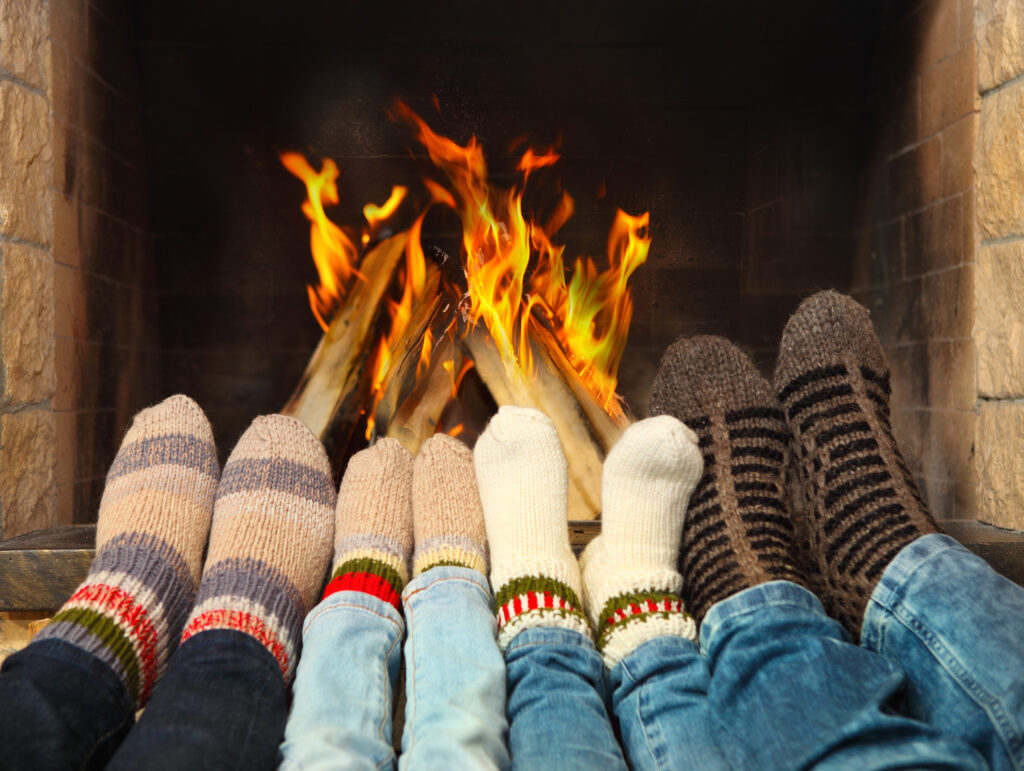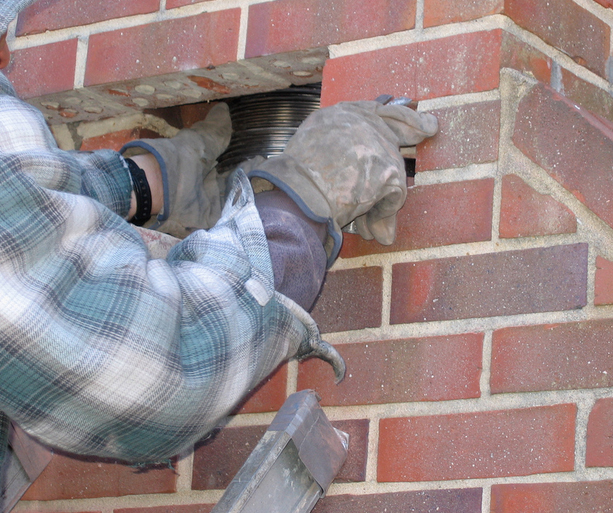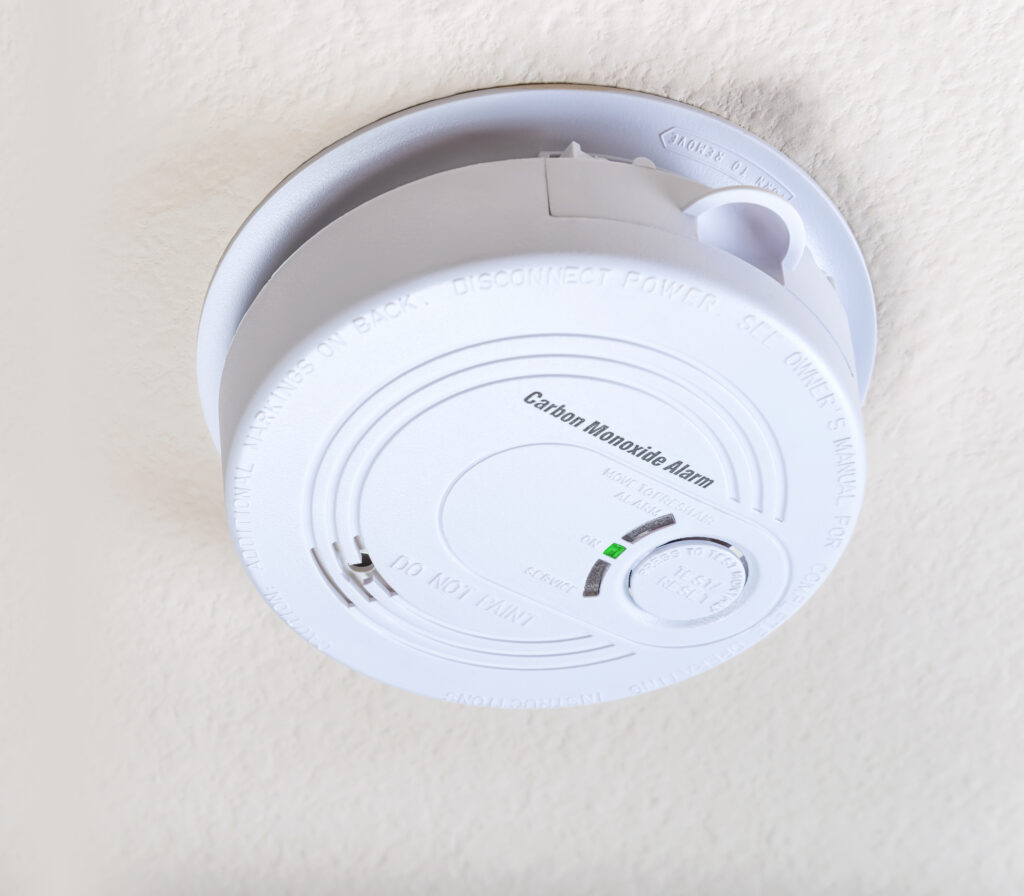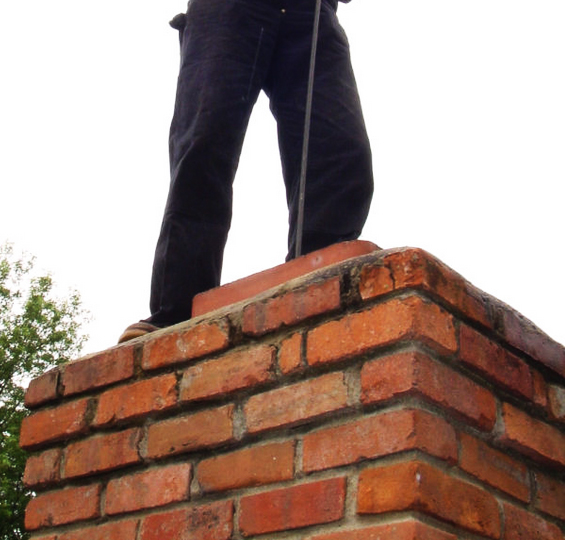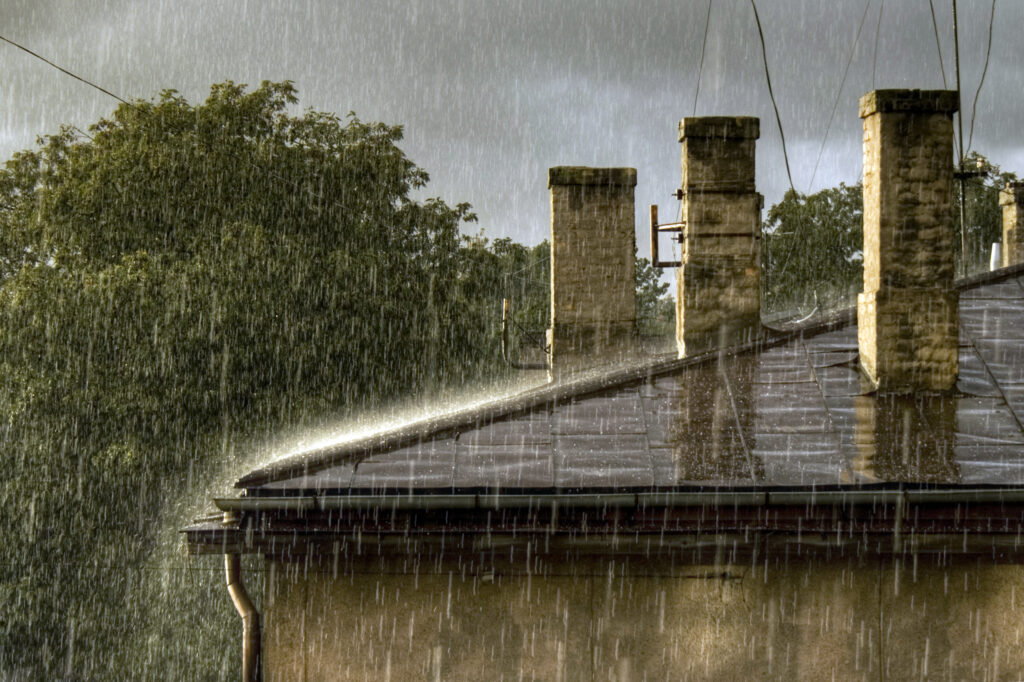At US Chimney, we understand the importance of maintaining your chimney to ensure the safety of your home and loved ones. In this blog post, we will provide you with valuable tips and information for chimney maintenance. By following these guidelines, you can prevent chimney fires, protect against carbon monoxide leaks, and ensure the longevity of your chimney.
Prevent Chimney Fires:
One of the primary concerns when it comes to chimney maintenance is preventing chimney fires. A recent house fire in our area was caused by flames igniting creosote, a harmful residue that accumulates on the flue from burning wood. To avoid such dangerous incidents, it is crucial to have your chimney cleaned and swept at least once a year. Regular chimney cleaning will remove creosote build-up and reduce the risk of chimney fires.
Secure Your Chimney for the Next Season:
A common question we often receive is how often should a chimney be cleaned. The simple answer is once a year. It is best to schedule a chimney cleaning before the start of the heating season to ensure your chimney is secure and ready to use. By doing so, you can eliminate any potential hazards and have peace of mind during the colder months.
Rely on Certified Professionals for Sweeping and Maintenance:
To ensure the safety of your home and loved ones, it is crucial to rely on the expertise of trained and certified professionals. At US Chimney, our team is experienced in chimney sweeping and maintenance services. We follow industry standards and use the latest equipment to thoroughly clean and inspect your chimney, ensuring optimal safety and performance.
Don’t Ignore Chimney Cracks:
Addressing chimney cracks and other issues as soon as they are detected is essential for the longevity and safety of your chimney. Even small cracks can lead to significant problems if left untreated. Consult our professionals to assess and repair any chimney cracks, preventing further damage and maintaining the integrity of your chimney structure.
Protect Yourself from Carbon Monoxide:
Carbon monoxide is an odorless, invisible, and toxic gas that can be produced by fuel-burning appliances, including fireplaces. It poses a deadly threat if not properly vented or detected. To protect yourself and your family, it is crucial to install carbon monoxide detectors near your fireplace and have regular inspections to identify and resolve any potential leaks.
Basic Safety Tactics for your Chimney and Fireplace:
Once your chimney has received the all-clear with a thorough inspection and cleaning, it is vital to follow these basic safety tactics:
- Never leave fires unattended and ensure they are extinguished before leaving the room or going to bed.
- Use a fireplace screen to prevent sparks and embers from escaping.
- Do not overload the fireplace with excessive amounts of wood.
- Keep flammable materials at a safe distance from the fireplace.
Maintaining your chimney is not just about keeping it clean; it is about protecting your home and loved ones from potential hazards. By following these essential chimney maintenance tips, you can prevent chimney fires, protect against carbon monoxide leaks, and ensure a safe and efficient fireplace. Trust the experts at US Chimney for comprehensive chimney services that prioritize your safety and satisfaction.
Remember, a well-maintained chimney leads to a warm and cozy home environment that you can enjoy with peace of mind!
